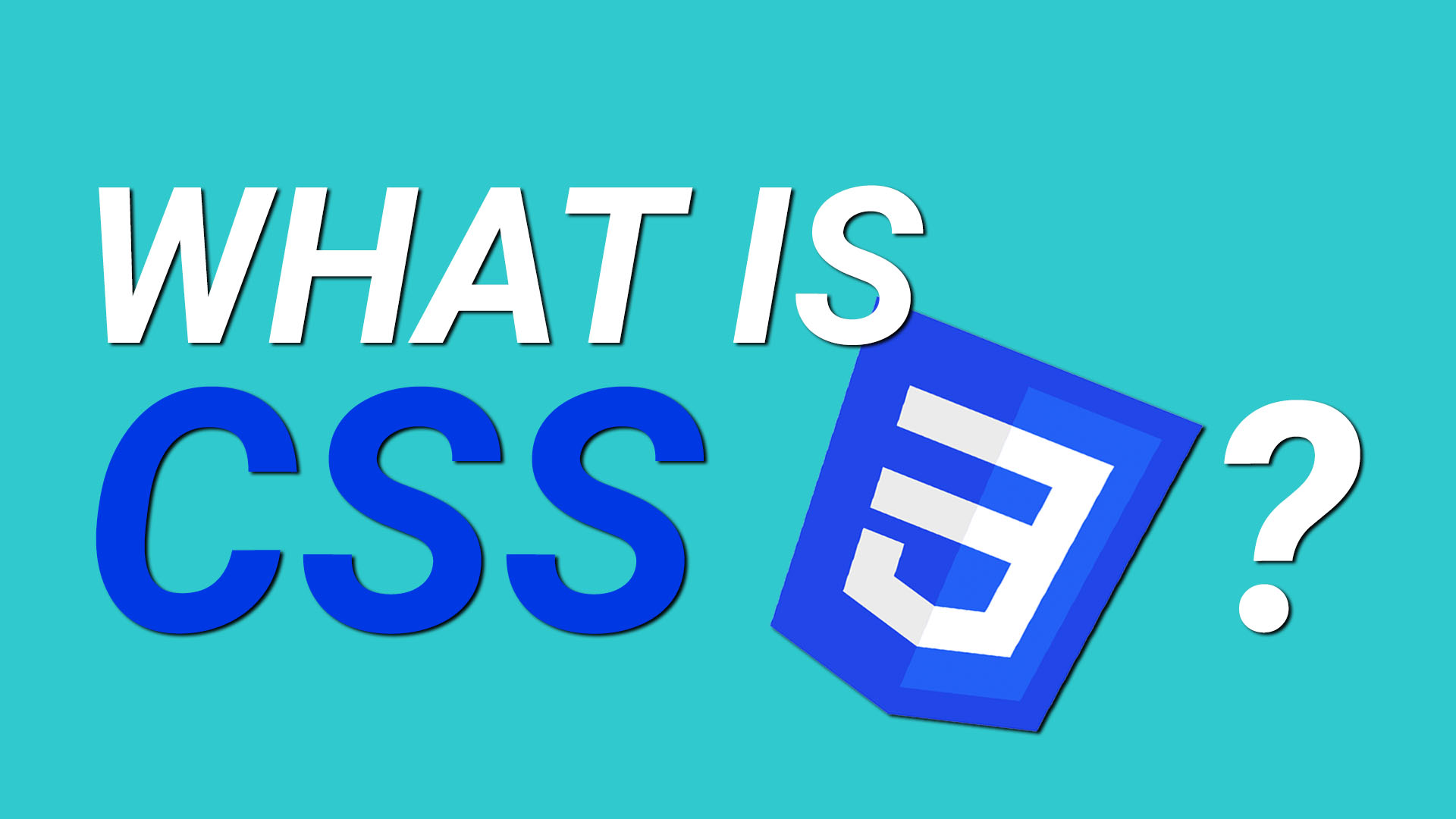Web Development Basics: HTML, CSS, and JavaScript Explained
Web Development Basics: HTML, CSS, and JavaScript explained for beginners. Learn how these essential tools work together to build modern websites.
Introduction
Web development is at the core of today’s digital landscape, and three essential technologies power the majority of websites: HTML, CSS, and JavaScript. These tools form the foundation of web design and development, allowing developers to create visually appealing, interactive, and functional websites. Whether you’re a beginner or someone looking to refresh your skills, understanding these basics is crucial.

What is HTML?
HTML (HyperText Markup Language) is the skeleton of every webpage. It provides the structure for content, such as headings, paragraphs, images, and links. Essentially, HTML tells a browser what elements a page contains.
Key Features of HTML:
- Tags and Elements: HTML uses tags like
<h1>for headings and<p>for paragraphs. - Hyperlinks: Anchor tags
<a>allow users to navigate between pages. - Multimedia: HTML supports images, videos, and audio elements through tags like
<img>and<video>.
For example, an HTML snippet might look like this:
What is CSS?
CSS (Cascading Style Sheets) is the visual design layer of web development. While HTML structures content, CSS is responsible for styling it—everything from colors and fonts to layouts and responsive designs.
Key Features of CSS:
- Selectors and Properties: CSS targets HTML elements using selectors like
h1or.class-nameand applies styles with properties likecolororfont-size. - Responsive Design: CSS media queries allow designs to adapt to different screen sizes.
- Animations: CSS can create engaging animations for interactive experiences.
An example of CSS styling:
What is JavaScript?
JavaScript is the engine that brings interactivity and dynamic functionality to a website. From form validation to animations and API integration, JavaScript is the programming language that makes websites come alive.
Key Features of JavaScript:
- Dynamic Content: Update webpage content without refreshing the page.
- Event Handling: React to user actions like clicks, hovers, or form submissions.
- Frameworks and Libraries: Tools like React, Angular, and Vue streamline development.
A JavaScript example:
How HTML, CSS, and JavaScript Work Together
When developing a website, these three technologies work in harmony:
- HTML structures the content.
- CSS styles the content.
- JavaScript adds interactivity and dynamic functionality.
Think of it like a house: HTML is the framework, CSS is the interior design, and JavaScript is the electrical wiring that powers it all.
Practical Use Case
Imagine building a portfolio website:
- HTML: Add sections for an introduction, project showcase, and contact form.
- CSS: Apply a modern, clean layout with professional colors.
- JavaScript: Add interactive features like a contact form validation or a dynamic project carousel.
Advantages of Learning HTML, CSS, and JavaScript
- Career Opportunities: Web developers are in high demand across industries.
- Creative Freedom: These skills empower you to build websites from scratch.
- Foundation for Advanced Development: Mastering these basics sets the stage for learning frameworks like React or Angular.
Final Thoughts
Understanding HTML, CSS, and JavaScript is a fundamental step for anyone interested in web development. These tools form the backbone of modern websites, powering everything from personal blogs to advanced e-commerce platforms. By mastering these technologies, you’ll not only be able to create functional and aesthetically pleasing websites but also open doors to a world of opportunities in tech.
Web Development Basics 2025.





